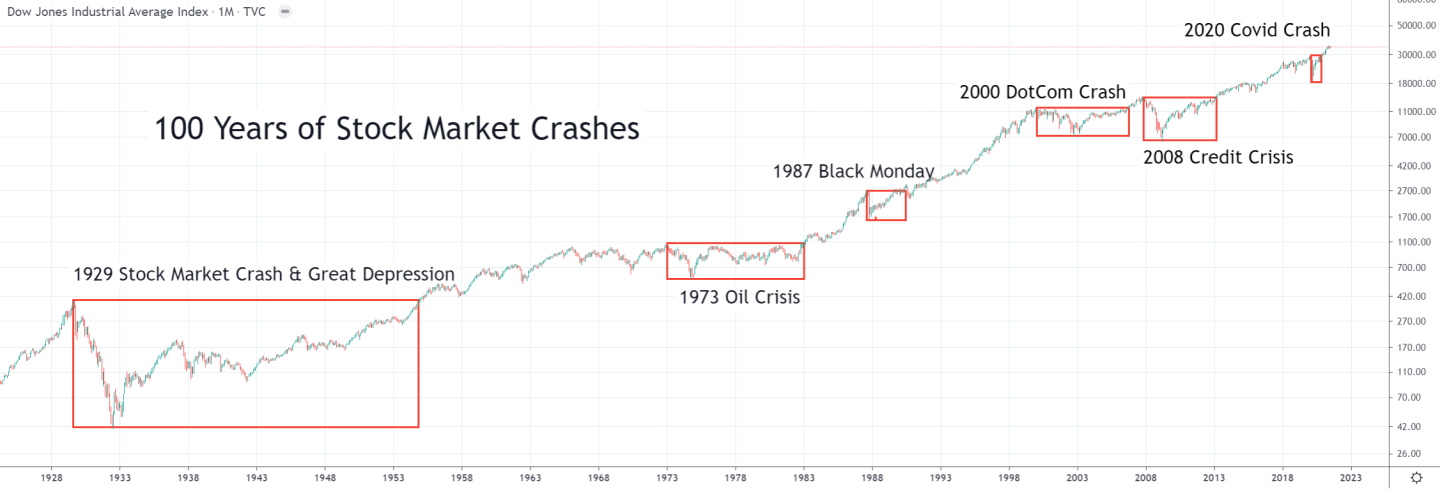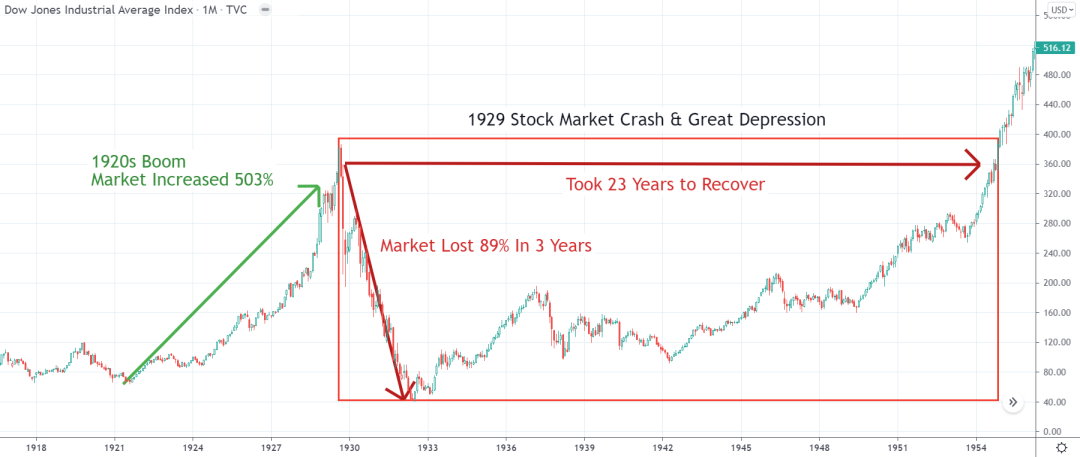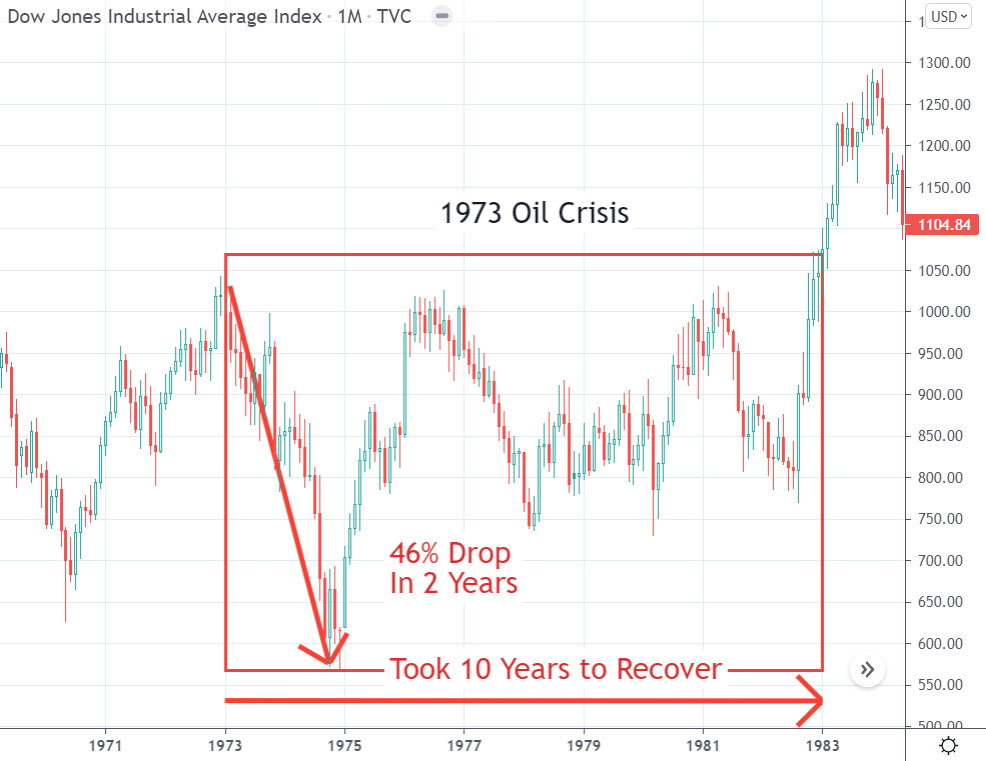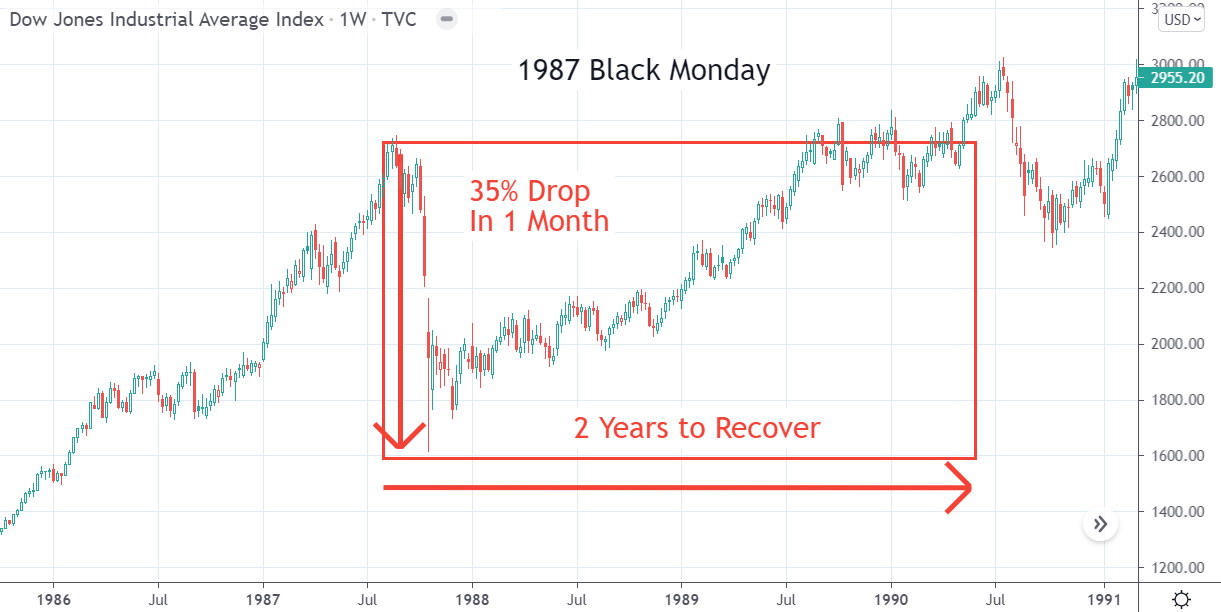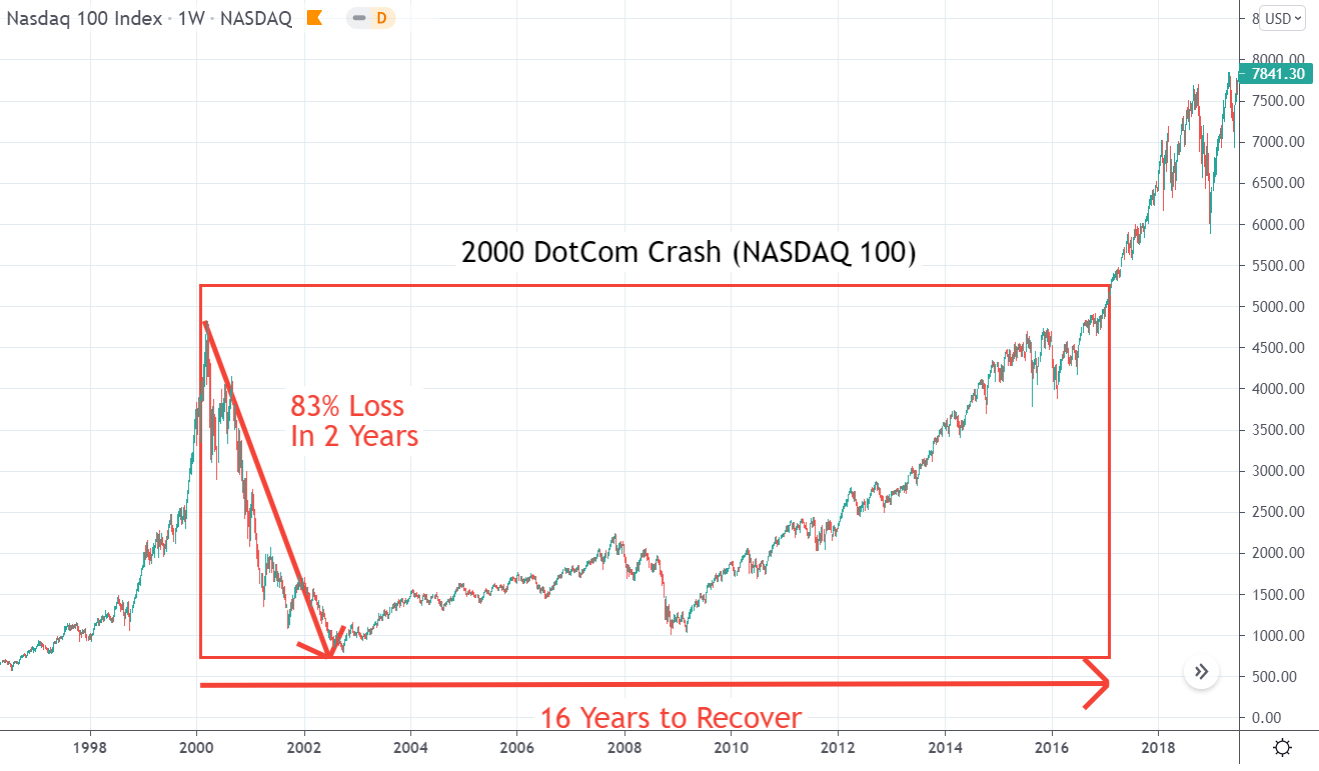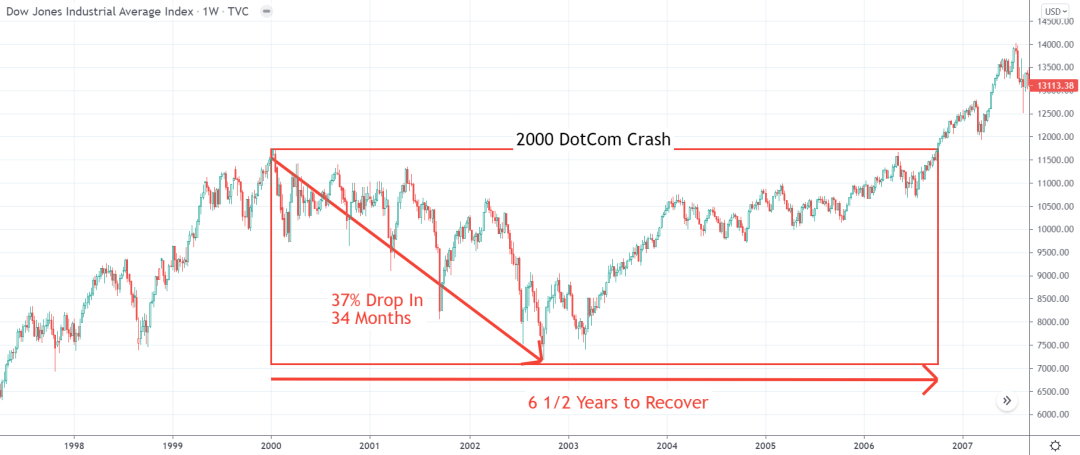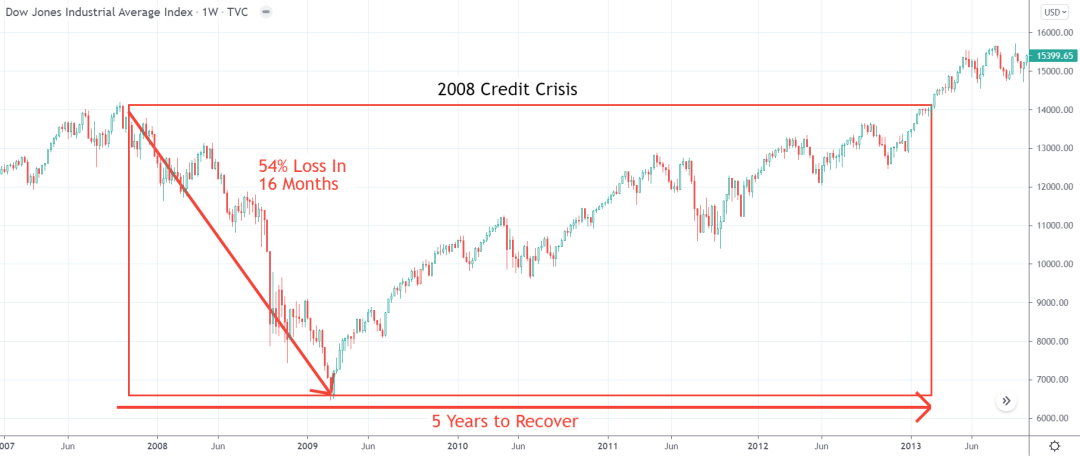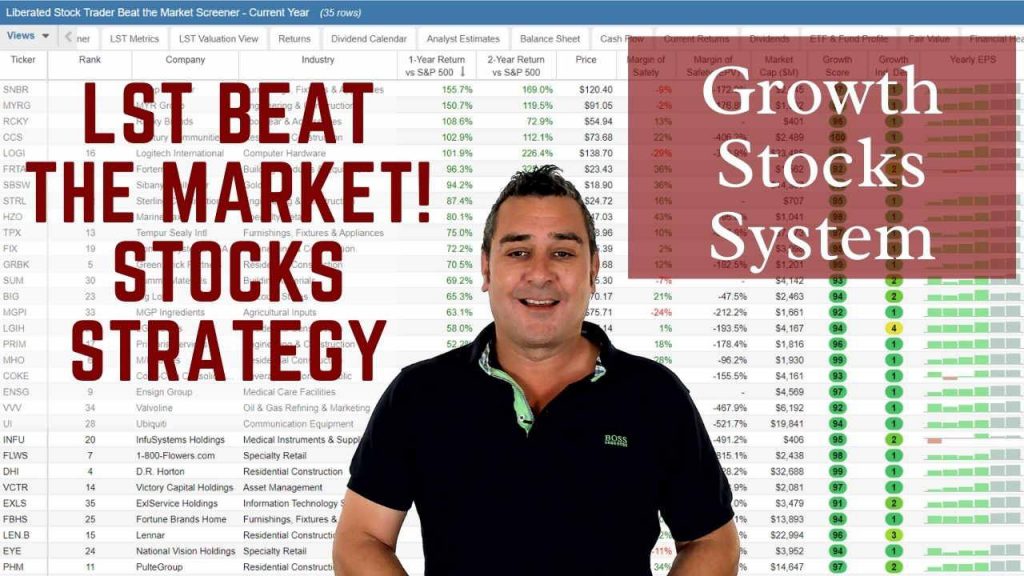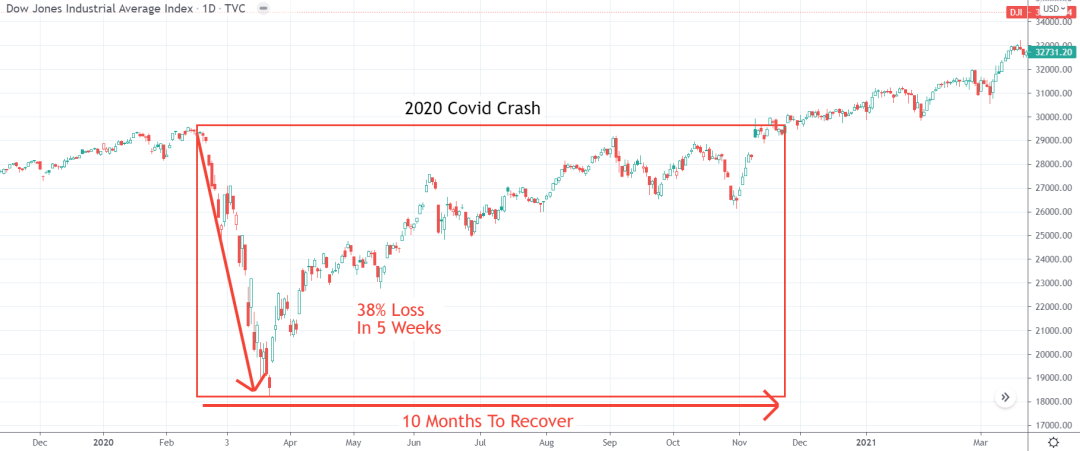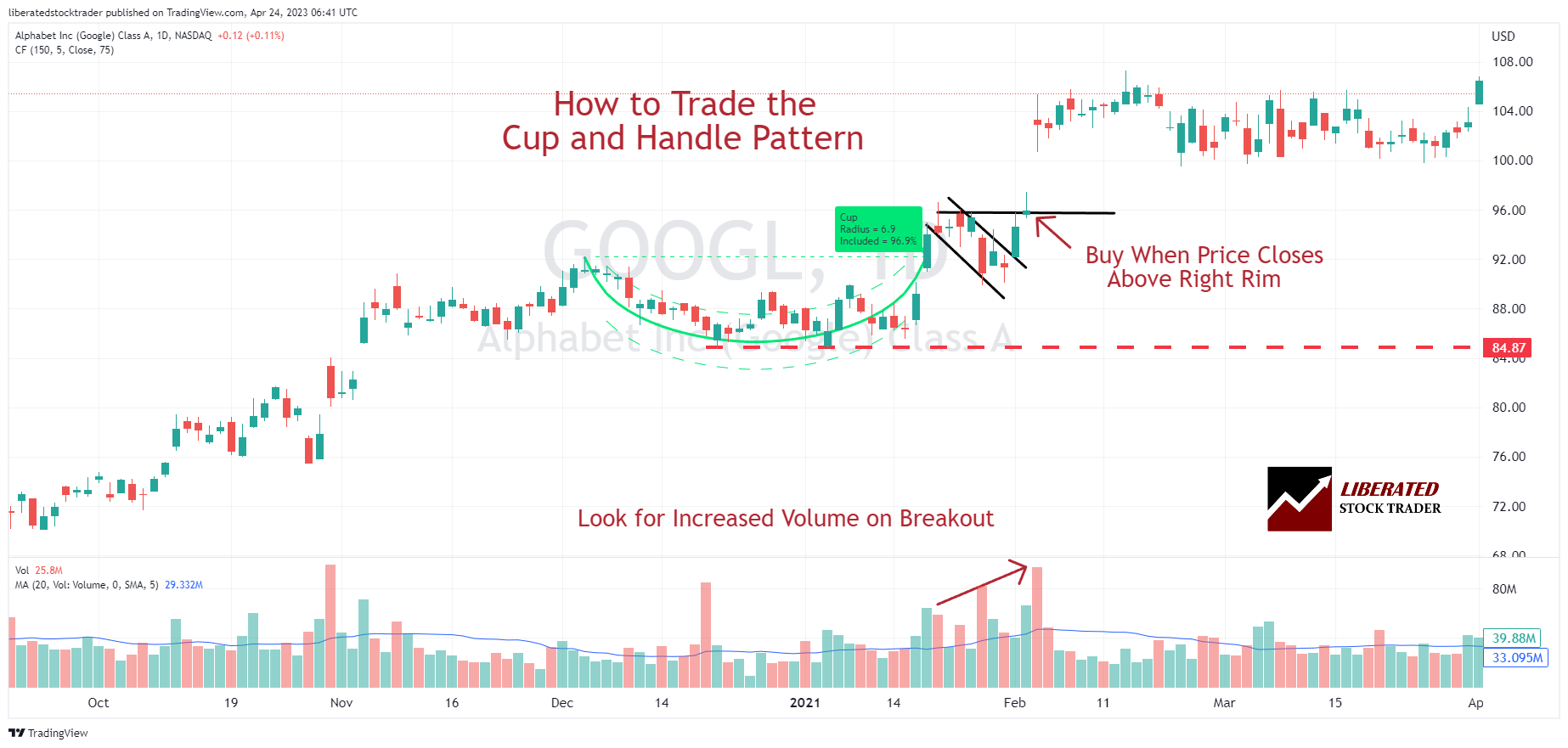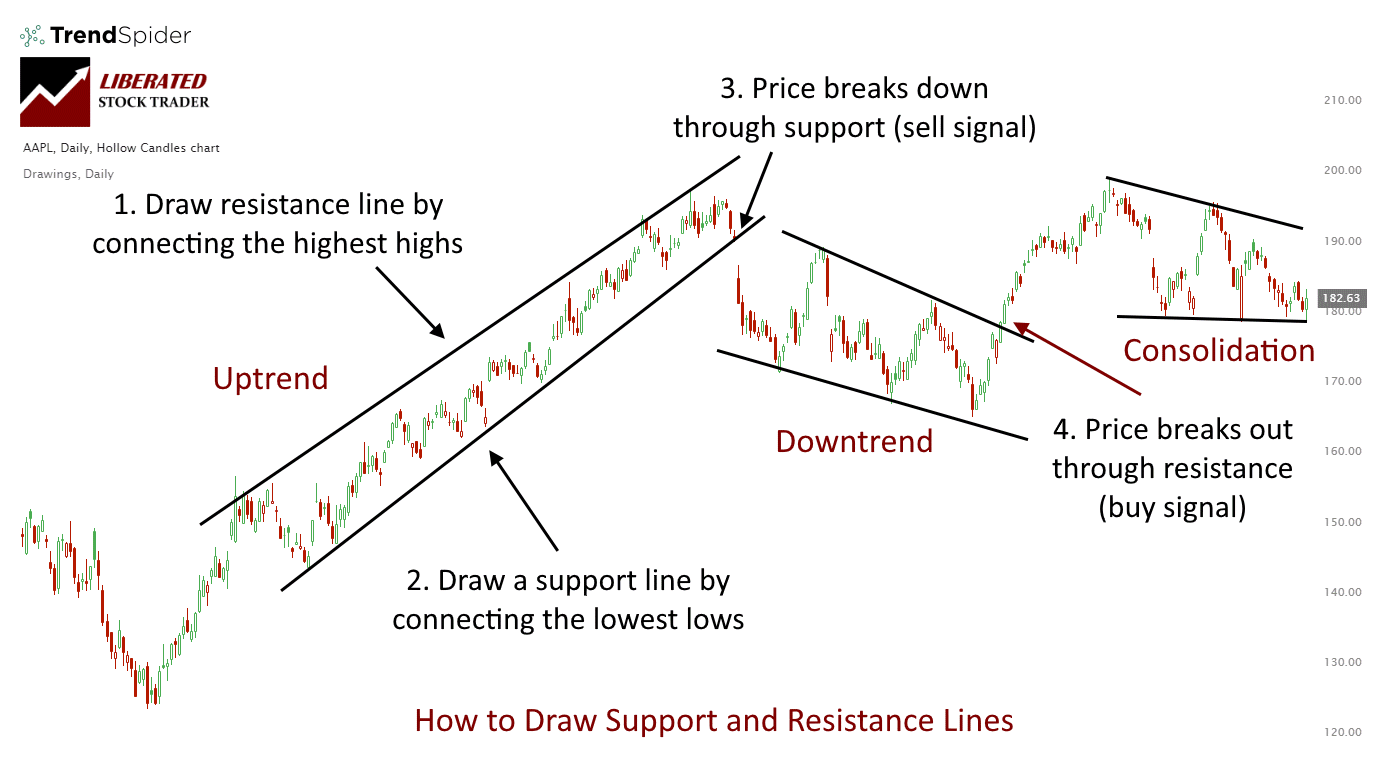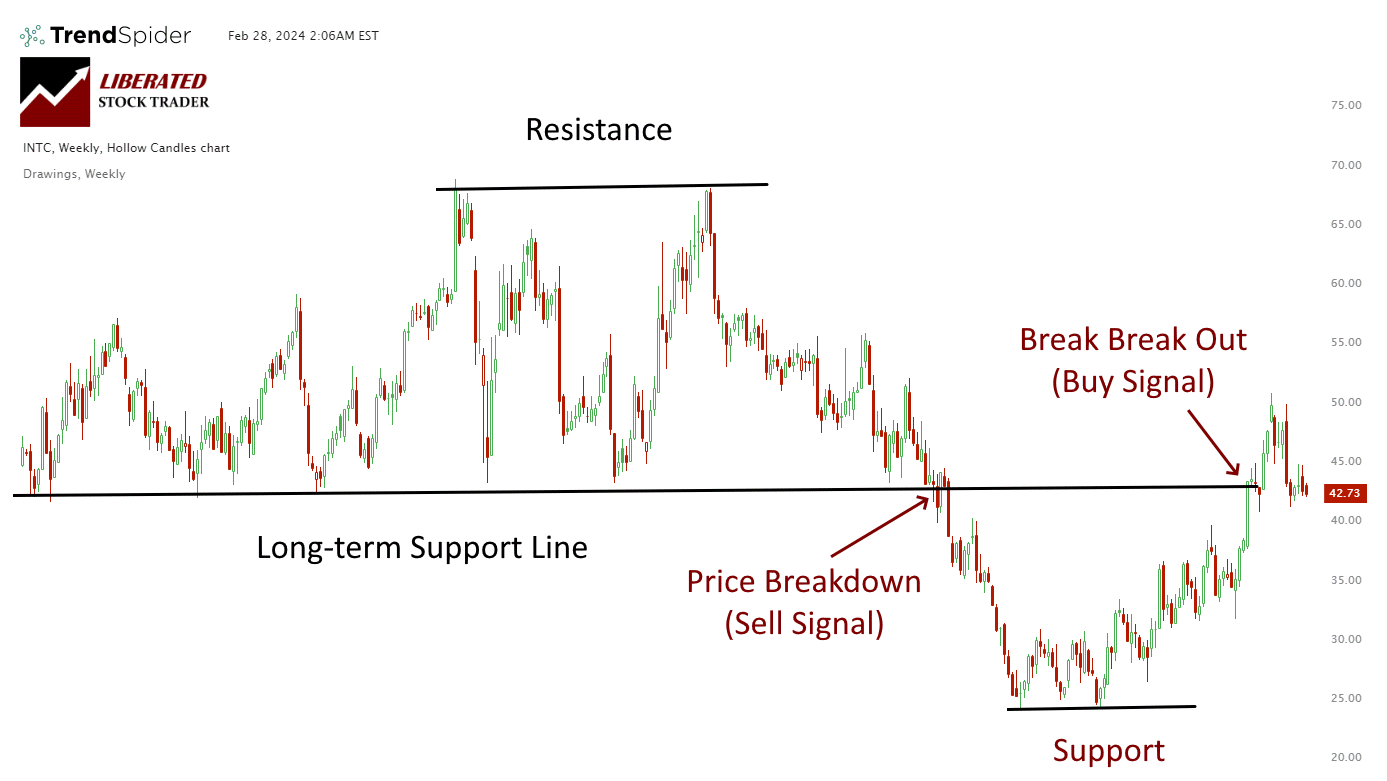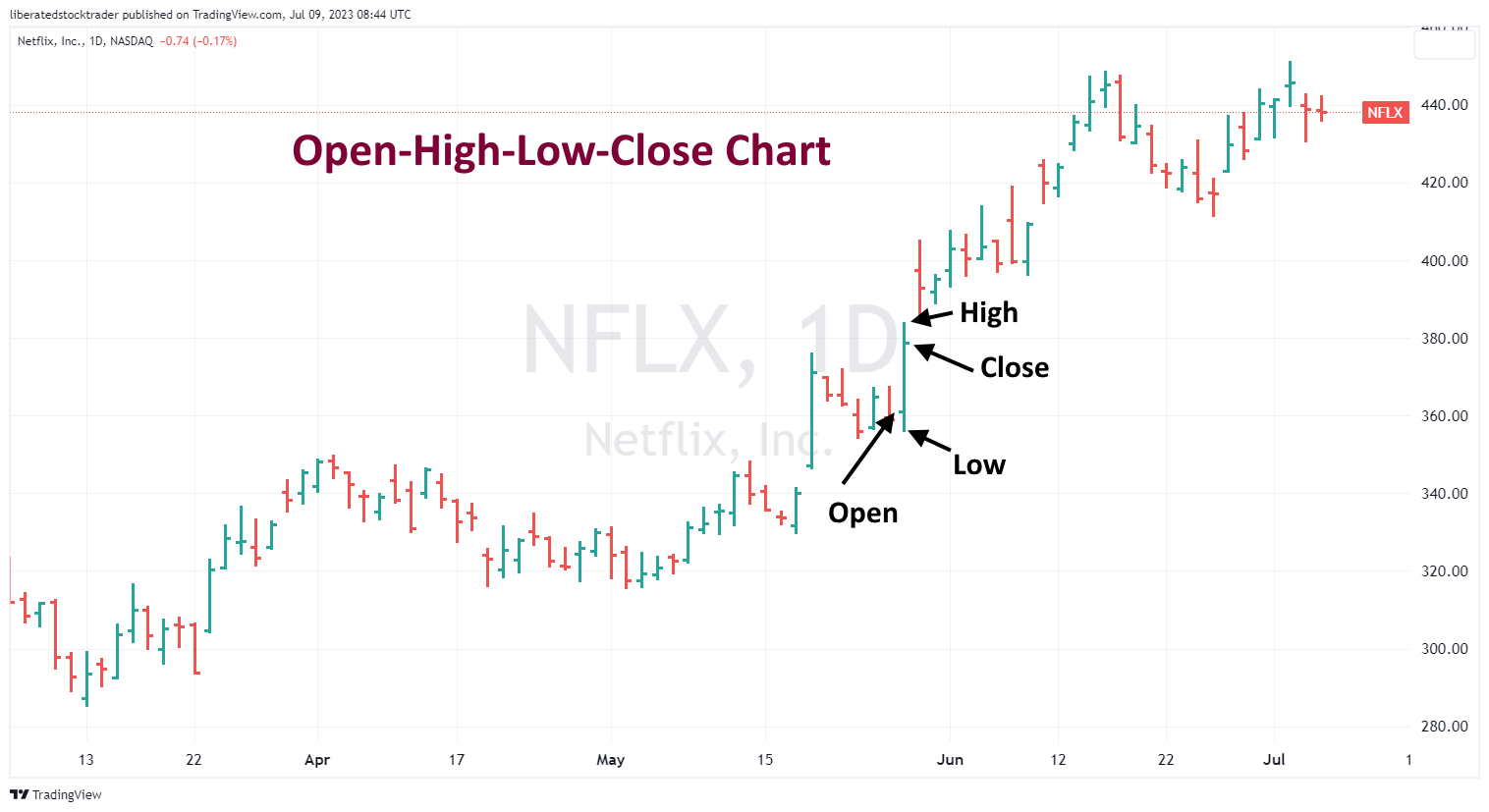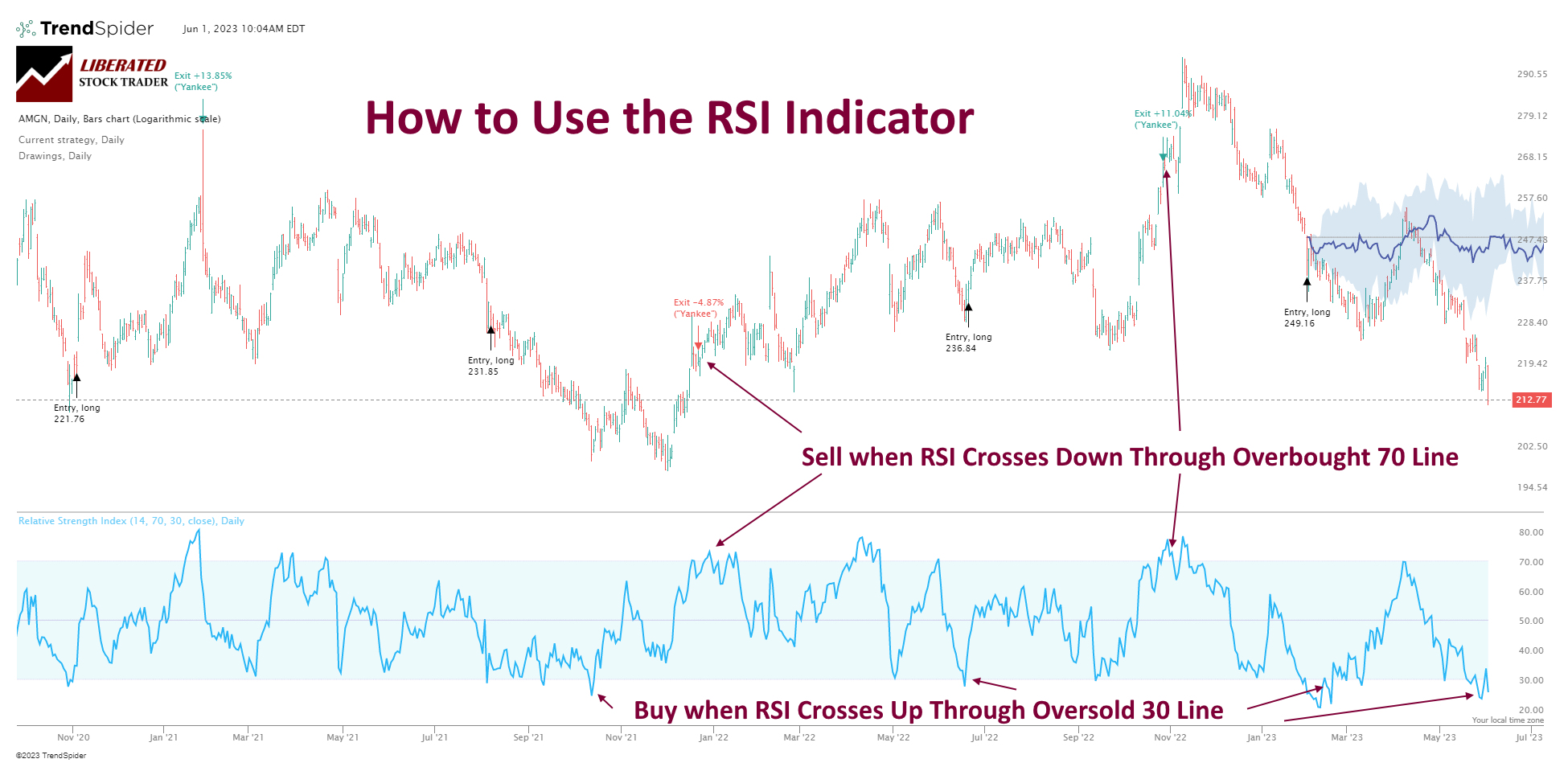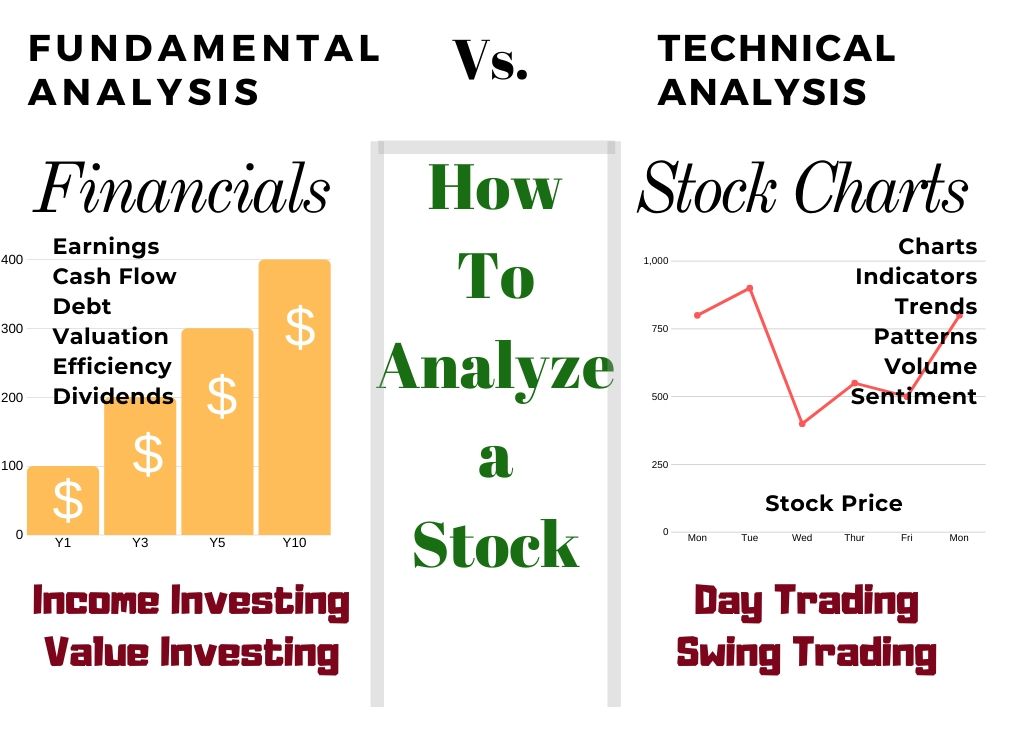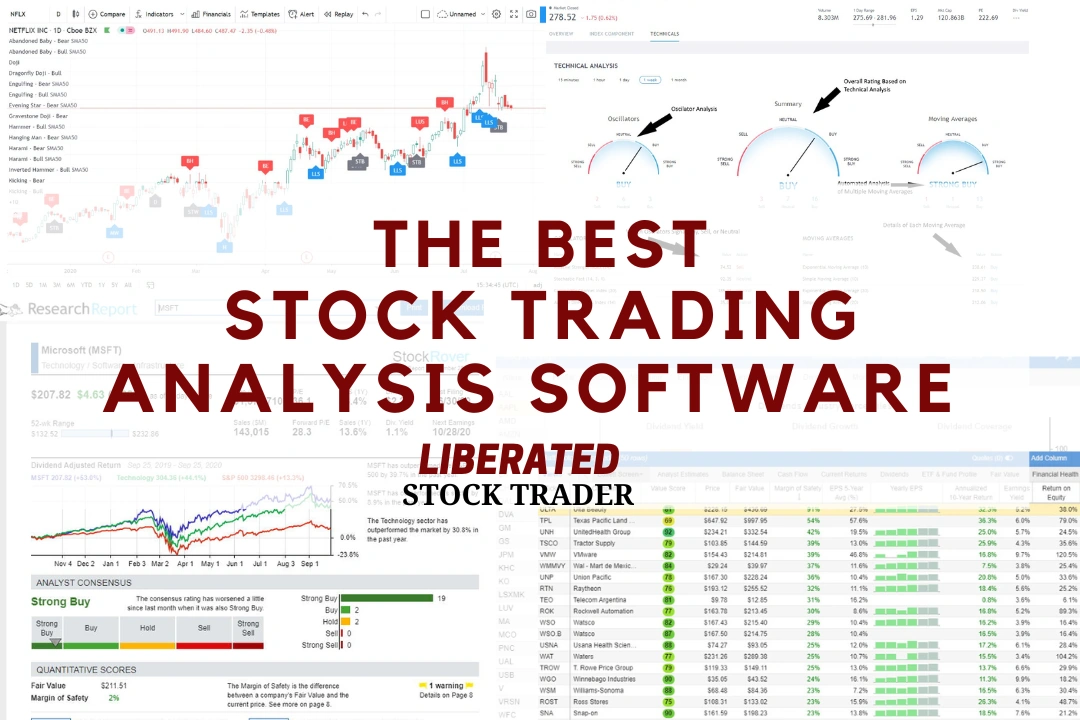Options trading represents an intriguing aspect of financial markets, offering both the potential for profit and the risk of loss. Understanding the nuanced differences between buying and selling options is crucial for traders at all levels. This article delves into the inherent risks and strategies associated with both buying and selling options, aiming to provide a comprehensive overview for investors.
What Are Options?
At their core, options are financial derivative contracts. They grant buyers the right, but not the obligation, to buy (call options) or sell (put options) an underlying asset at a predetermined price, known as the strike price, on or before a specified date. This underlying asset could range from stocks and bonds to commodities and indices. The flexibility and potential leverage options offer make them a valuable tool for investors looking to hedge, speculate, or gain exposure to specific market segments.
Buying vs. Selling Options: A Risk Perspective
Buying Options: Defined Risk
When you buy an option, you’re essentially paying for the possibility to execute a transaction in the future at today’s price levels. This transaction could involve purchasing a stock at a lower than the market price or selling it higher if the market moves in your favour. The cost of this opportunity is the premium paid upfront. Therefore, the risk is inherently capped at this premium. Should the option expire worthless (meaning it’s not advantageous to exercise the right to buy or sell), the maximum loss is 100% of the investment in the premium.
However, it’s critical to understand that buying options is not without its pitfalls. The risk of losing the entire premium is real, especially for options that are out of the money—where the current market price is far from the strike price. Time decay also plays a significant role, eroding the value of options as they approach expiration. Moreover, options are susceptible to volatility fluctuations, affecting their price independently of the underlying asset’s movement.
Selling Options: Undefined, Potentially Uncapped Risk
Conversely, selling options involve a higher risk level. Sellers, or “writers,” of options collect the premium upfront but face the obligation to buy or sell the underlying asset if the buyer exercises the option. This exposes sellers to potentially unlimited losses, especially in a volatile market where the asset’s price can move significantly against the position. For instance, selling a call option without owning the underlying asset (a naked call) can lead to substantial financial risk if the market price soars above the strike price.
Understanding the Risks and Rewards of Selling Options
The primary allure of selling options lies in the premium collected upfront, offering an immediate income stream. However, this comes with the caveat of potentially significant, though not always unlimited, risk. The fear of “unlimited losses” often stems from scenarios where market conditions dramatically change, pushing the underlying asset’s price far beyond the strike price of the sold option.
Mitigating Risks Through Strategic Approaches
Experienced traders mitigate these risks through various strategies. One common method is the use of stop-loss orders to limit potential losses. More complex strategies, such as selling options within spreads or writing covered calls, also serve to cap the downside. Covered calls, for instance, involve selling call options on stock already owned, thus providing income while also hedging against potential stock price decreases. However, it’s crucial to remember that such strategies also limit upside potential, a trade-off that traders must consider.
Selling Options vs. Shorting Stocks: A Comparative Risk Analysis
Comparing selling options to shorting stocks illuminates fundamental differences in risk profiles. Shorting a stock—borrowing shares to sell with the hope of repurchasing them at a lower price—exposes traders to potentially unlimited losses, as stock prices can theoretically increase indefinitely. In contrast, selling options provide the seller with a premium and a clearly defined obligation, whether to buy or sell the underlying asset at the strike price. While selling call options can expose one to significant risk if the stock price surges, the risk from selling put options is substantial but not infinite since a stock’s price can only fall to zero.
Advanced Strategies: Combining Buying and Selling Options
For those looking to navigate the risks and opportunities of both worlds, combining buying and selling options in strategies like spreads, butterflies, and iron condors can be effective. These approaches allow traders to hedge risks, exploit volatility, or generate income. However, they require a more profound understanding of options trading and can introduce increased complexity and transaction costs.
Navigating Expiration and Early Exit Strategies
A crucial aspect of options trading is understanding the outcomes as expiration approaches. If an option sold expires worthless, the seller retains the premium, ending their obligation. For options buyers, an option expiring out-of-the-money means the loss of the premium paid. Traders have the flexibility to exit positions before expiration, allowing options buyers to sell for a profit or limit losses potentially and enabling sellers to close positions to secure gains or prevent further losses. However, early exits involve additional considerations, including transaction costs.
Understanding Short Selling
Short selling is essentially a speculative strategy where an investor bets on the decline of a stock’s price. The process involves borrowing shares from a brokerage, selling them at the current market price, and then buying them back later at a lower price. The short seller profits from the difference between the sale price and the repurchase price after returning the borrowed shares to the lender.
The Mechanics of Short Selling
The procedure for short selling is a two-step process:
- Borrow and Sell: The investor, believing that a stock’s price will decline, borrows shares from a broker and immediately sells them at the current market price.
- Buy Back and Return: The investor anticipates a drop in the stock price. When it decreases, they repurchase an equivalent amount of shares at this reduced price and return them to the lender. The difference is kept as profit.
Example of Short Selling
Imagine an investor speculating that the shares of XYZ Corporation, currently priced at $50, are due to fall. The investor borrows 100 shares and sells them at the current price, receiving $5,000. If the share price drops to $40, the investor then buys back the 100 shares for $4,000, returns the shares to the broker, and realises a profit of $1,000 (minus any fees or interest charged by the broker).
Risks Involved in Short Selling
While short selling can be lucrative, it comes with significant risks:
- Unlimited Losses: Unlike buying stocks, where the maximum loss is the initial investment, short selling can lead to losses that exceed the initial sale proceeds if the stock price rises.
- Margin Calls: Short selling involves using leverage, which means you’re required to maintain a margin account. If the stock price rises, you may face a margin call, requiring you to deposit additional funds to cover potential losses.
- Regulatory and Market Risks: Short selling is subject to regulatory scrutiny and can be affected by market mechanisms designed to curb excessive volatility, such as trading halts or short-squeeze scenarios, where a rapid increase in the stock price can cause significant losses to short sellers.
Strategies for Successful Short Selling
To navigate the complexities of short selling, investors employ various strategies:
- Thorough Research: Successful short sellers conduct extensive research to identify overvalued stocks or sectors showing signs of weakness.
- Risk Management: Employing stop-loss orders or options can help limit potential losses. Effective risk management is crucial in short selling due to the potential for unlimited losses.
- Timing: Timing is critical in short selling. Investors must carefully choose when to enter and exit positions, taking into account market sentiment, upcoming events, and financial reports that may affect the stock price.
Ethical and Economic Considerations
Short selling often faces ethical scrutiny, with critics arguing it can exacerbate market declines during times of financial instability. However, proponents contend that short selling provides liquidity, aids in price discovery, and can help correct market inefficiencies by penalising overvalued stocks.
Risk Management for Sellers
Given the higher risk, option sellers need to employ meticulous risk management strategies. These include setting stop-loss orders, using spreads to limit potential losses, and closely monitoring market movements and positions. Additionally, sellers should have a thorough understanding of the underlying assets and the factors that may influence their price movements.
Options trading offers a spectrum of strategies. These cater to different risk tolerances, investment goals, and market outlooks. Buying options presents a way to engage in the market. It comes with limited risk. This is suitable for those looking to speculate on price movements without the commitment of holding the underlying asset. Conversely, selling options can be a more advanced strategy. It offers income through premiums. However, it requires a greater understanding of risk management. This is to mitigate potentially unlimited losses.
While buying options limit risk to the premium paid, selling options opens up the possibility of unlimited losses. Therefore, the choice between buying and selling options should be based on an individual’s risk tolerance, market experience, and strategic goals. With careful consideration and strategic planning, traders can navigate the complexities of options trading to align with their financial objectives.
Source link
#Buying #Selling #Options #Risk #Perspective




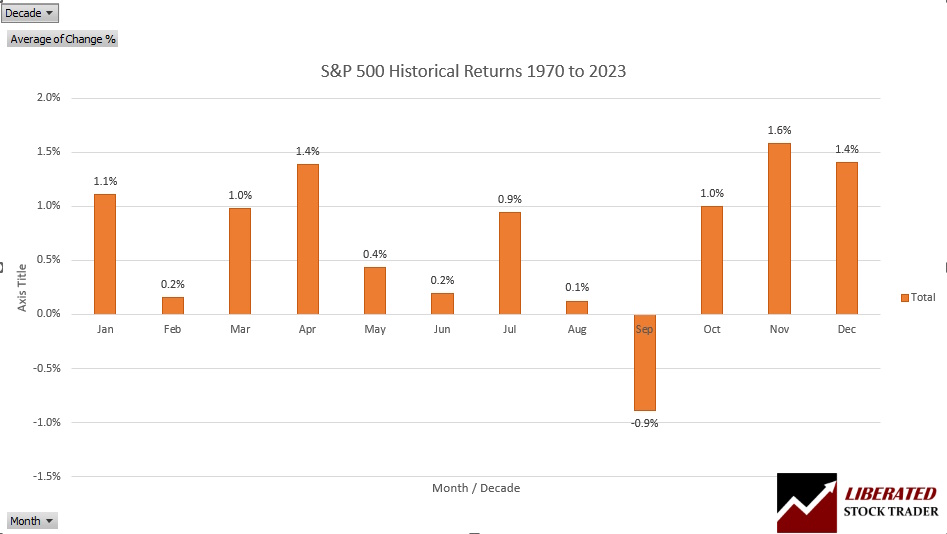
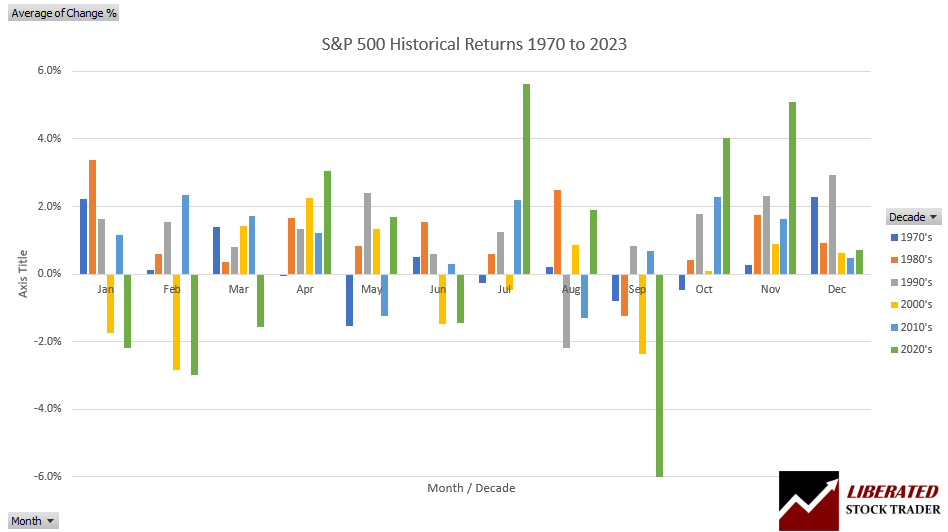
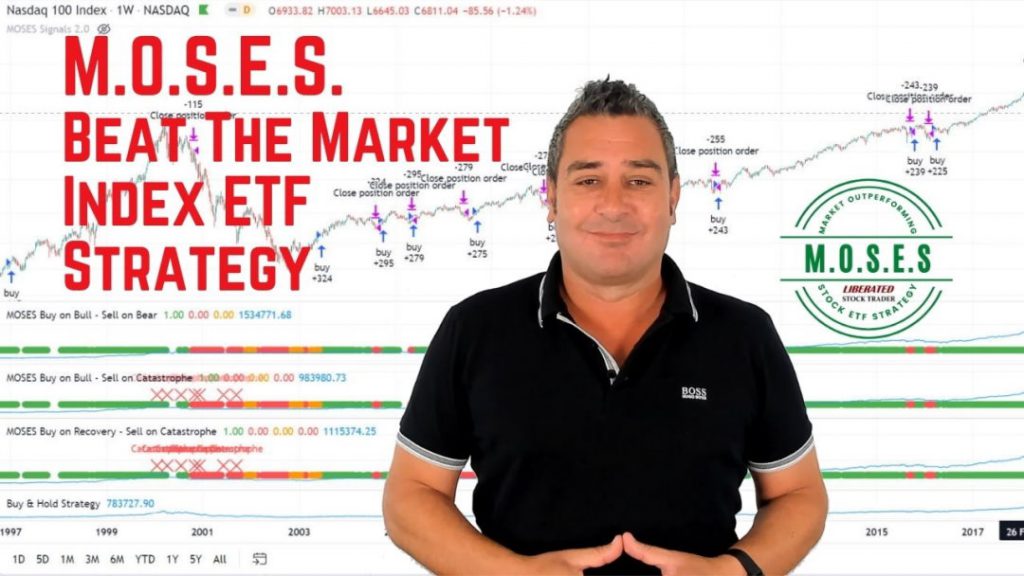
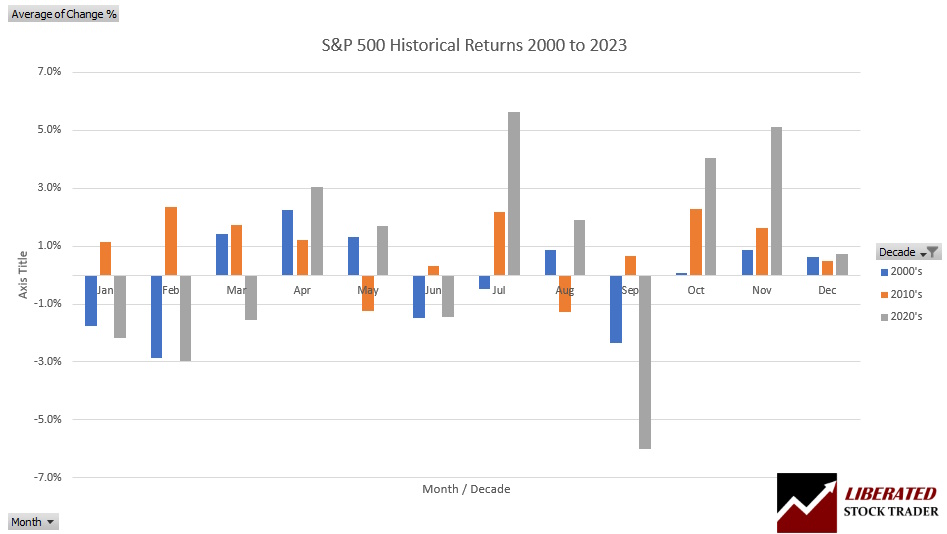



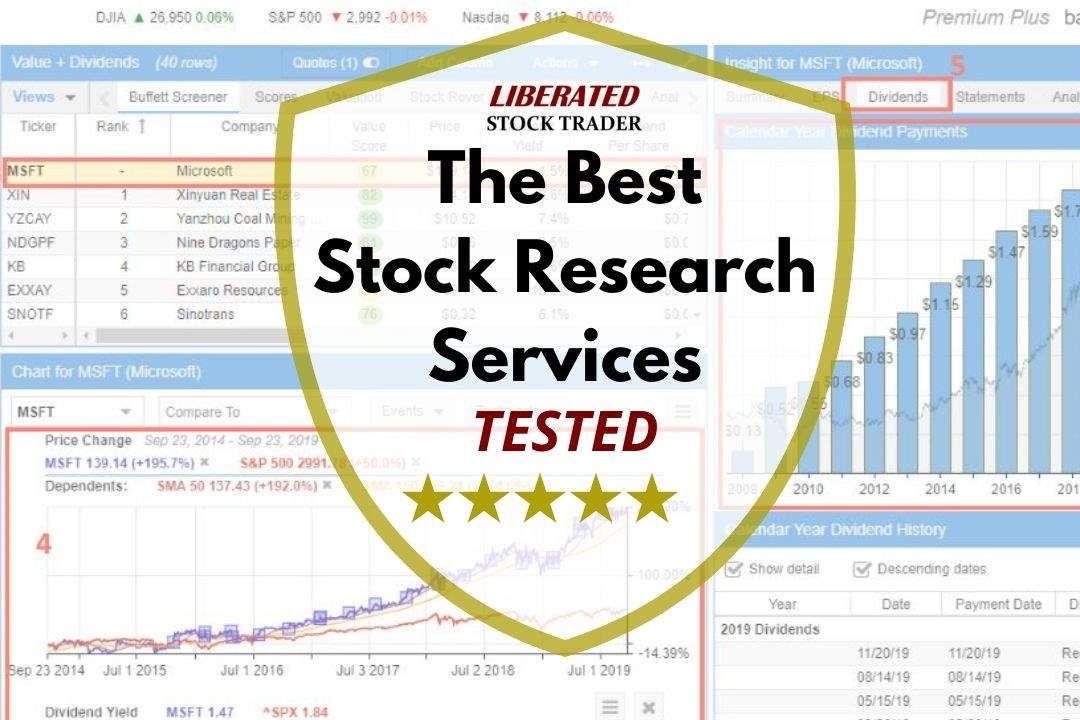

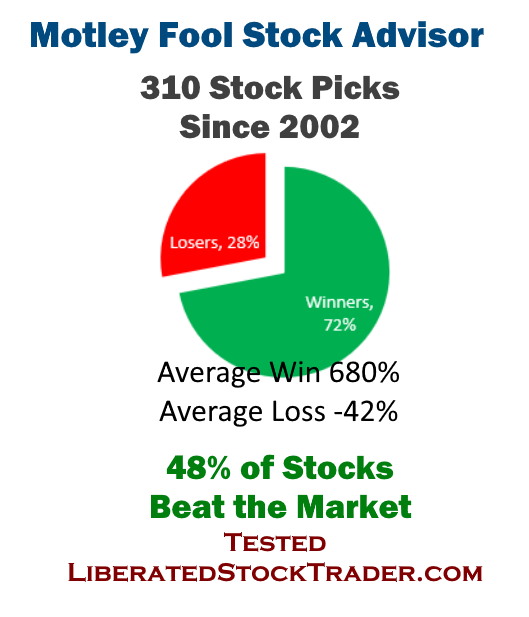
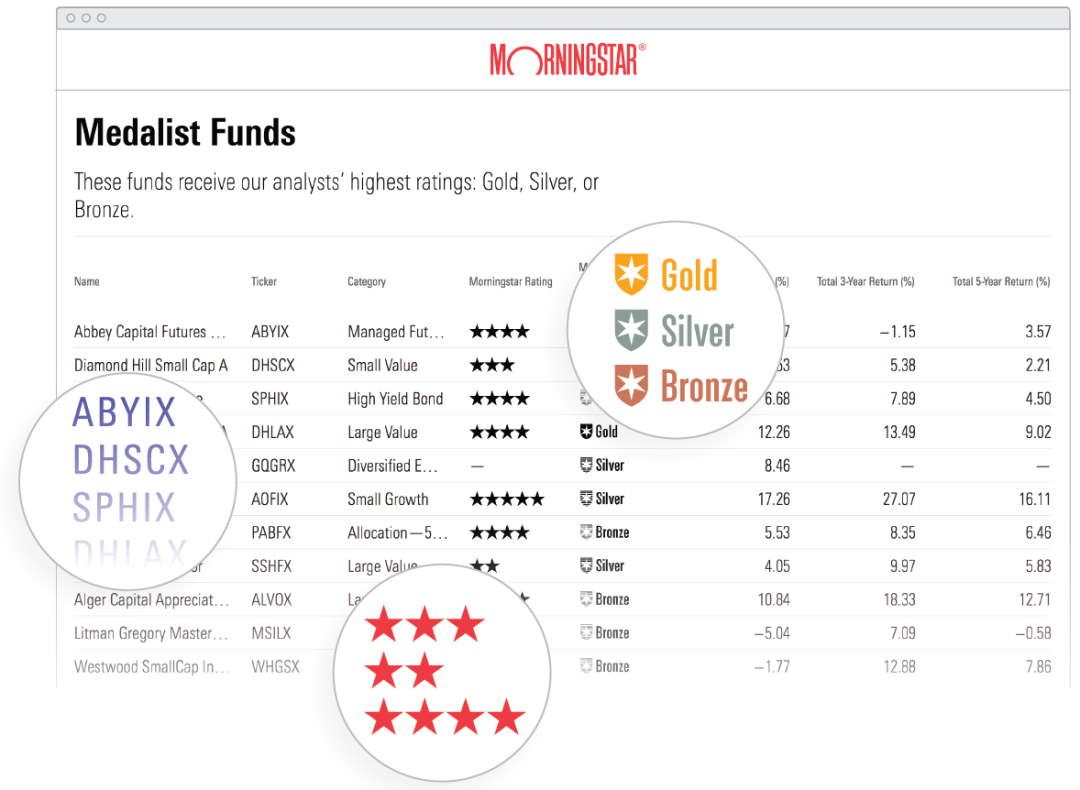
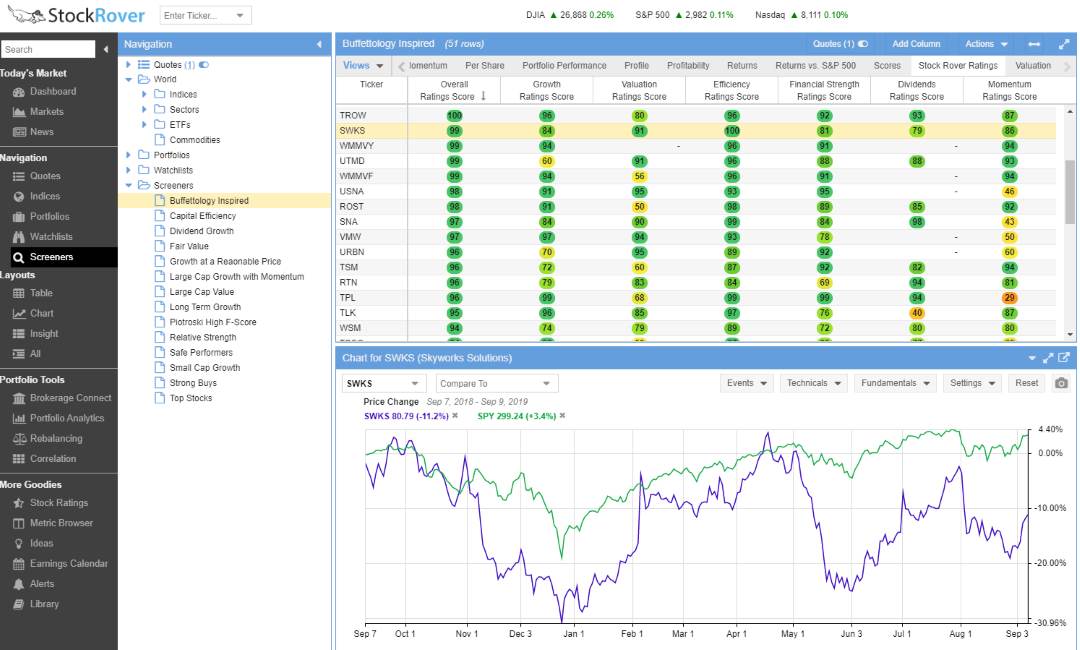
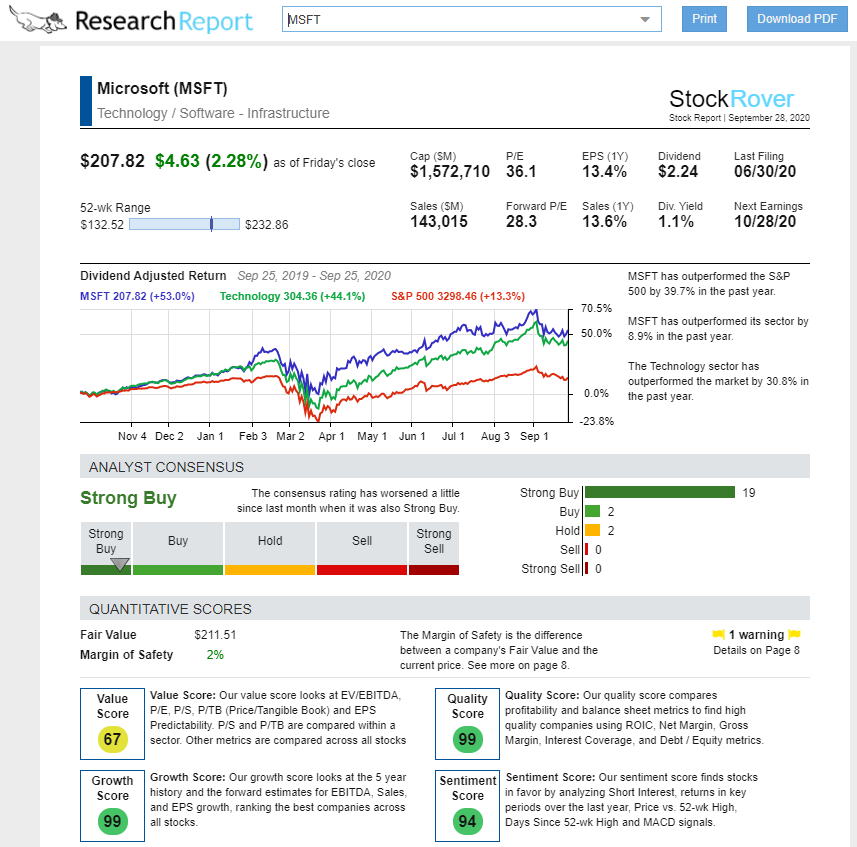

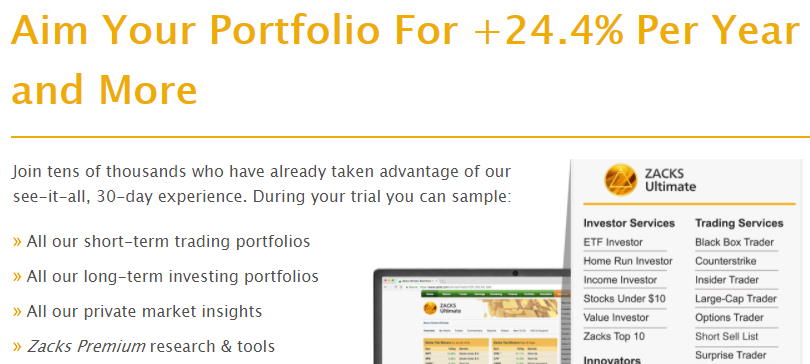
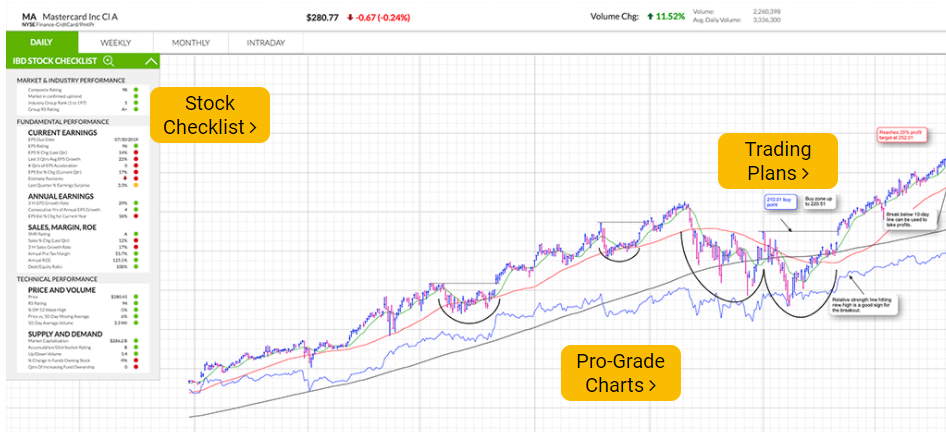
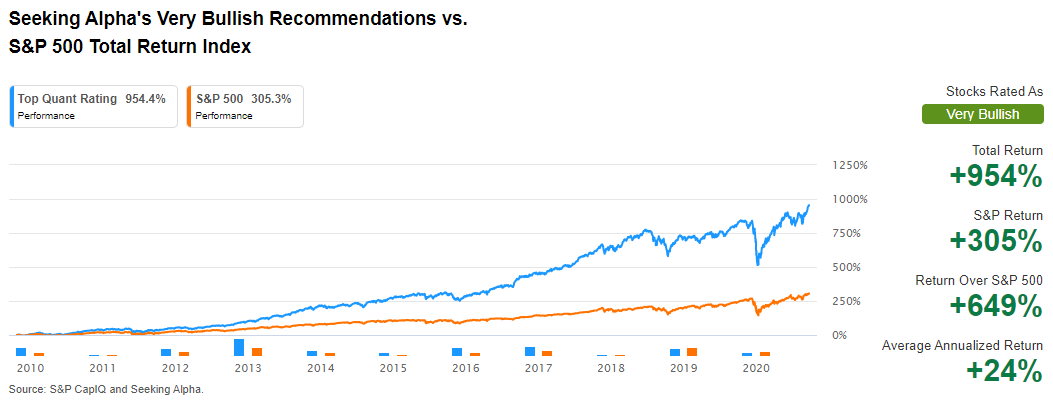

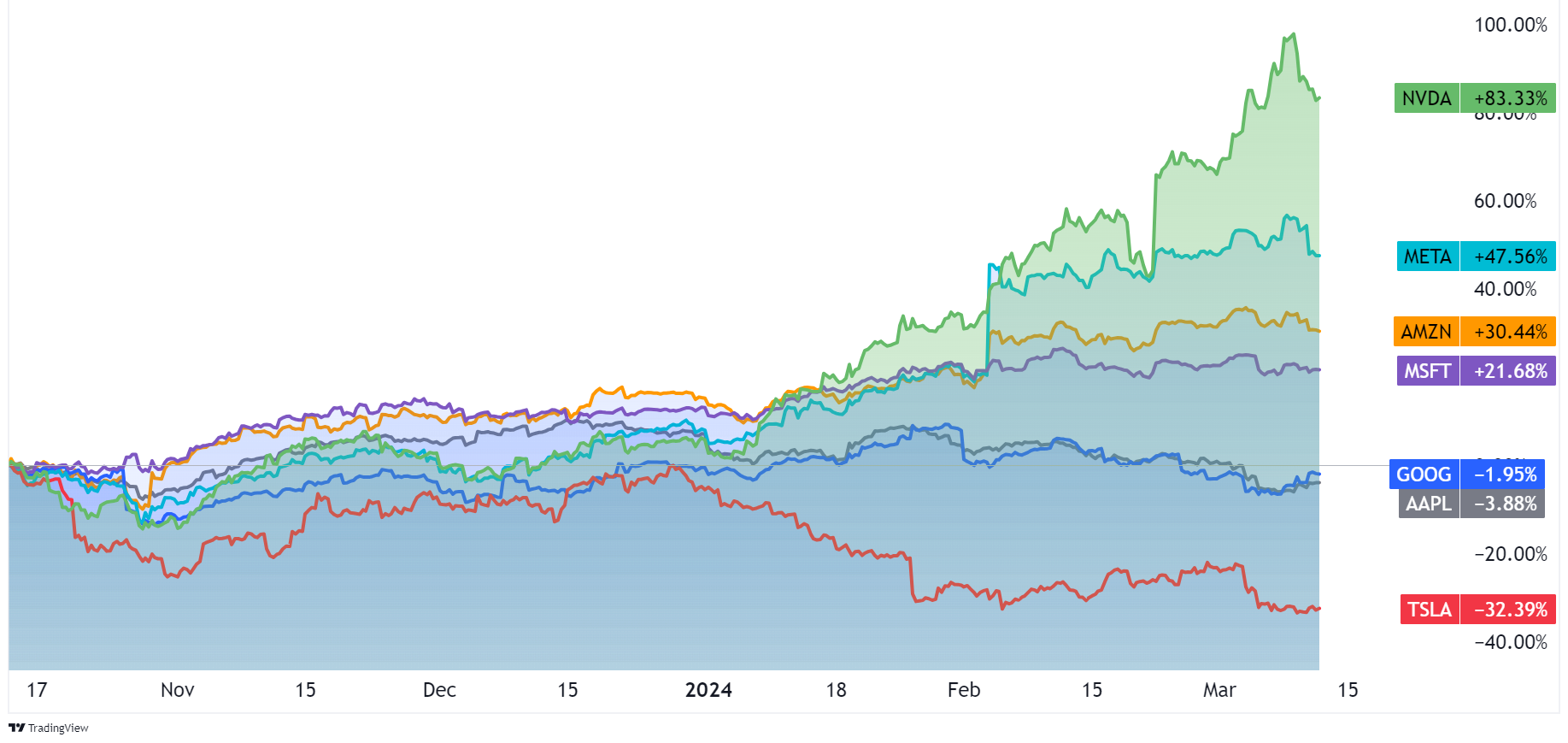 Source: TradingView
Source: TradingView
























